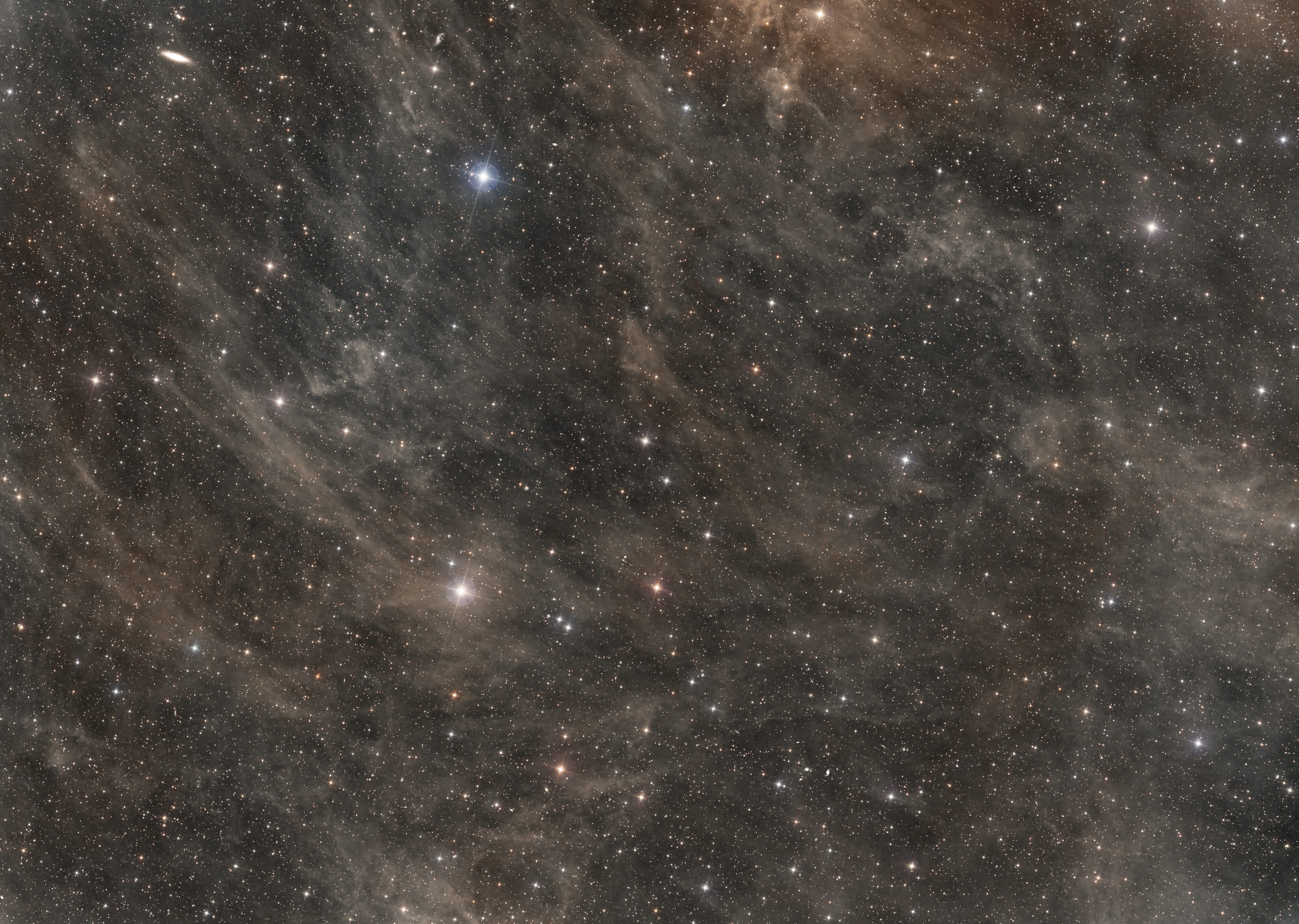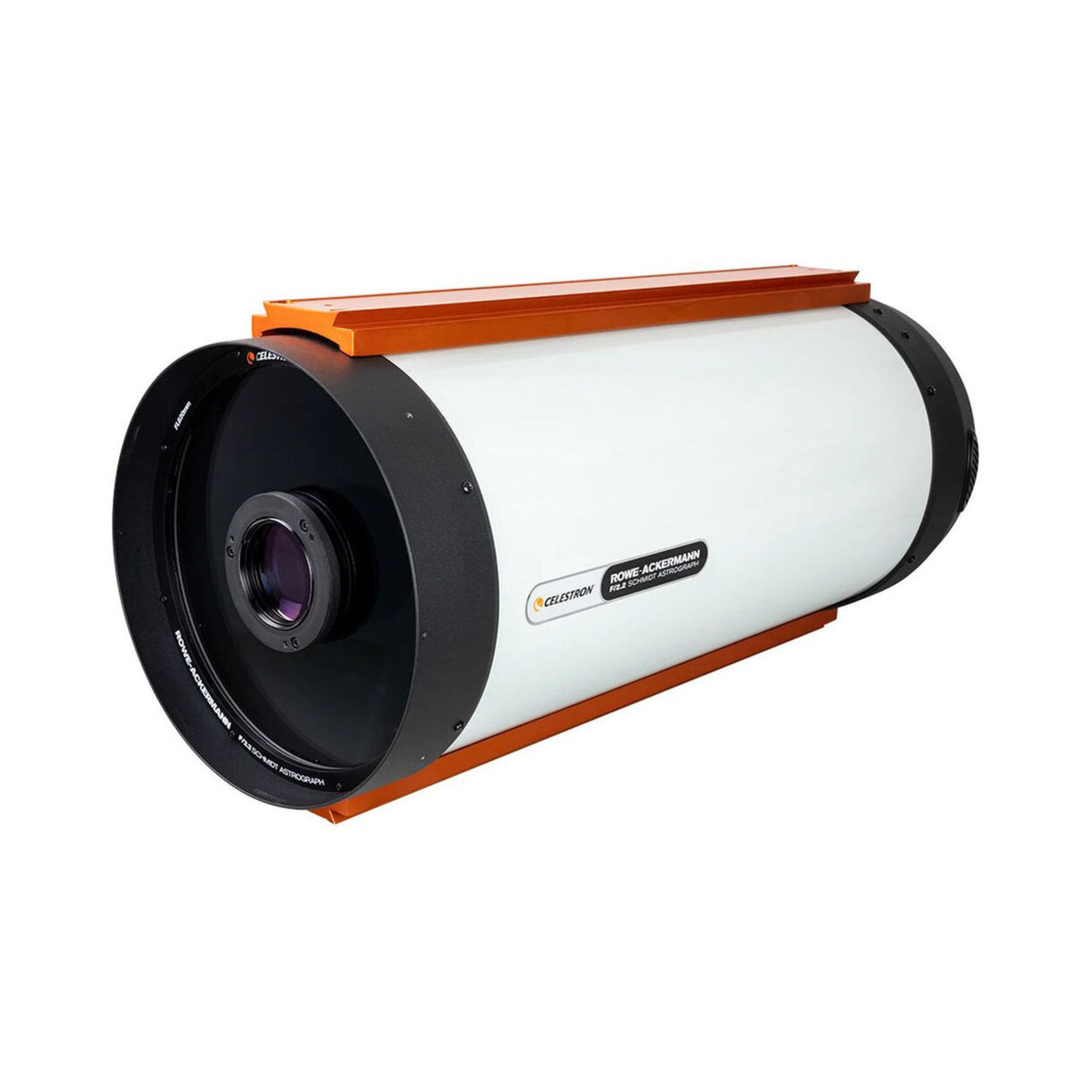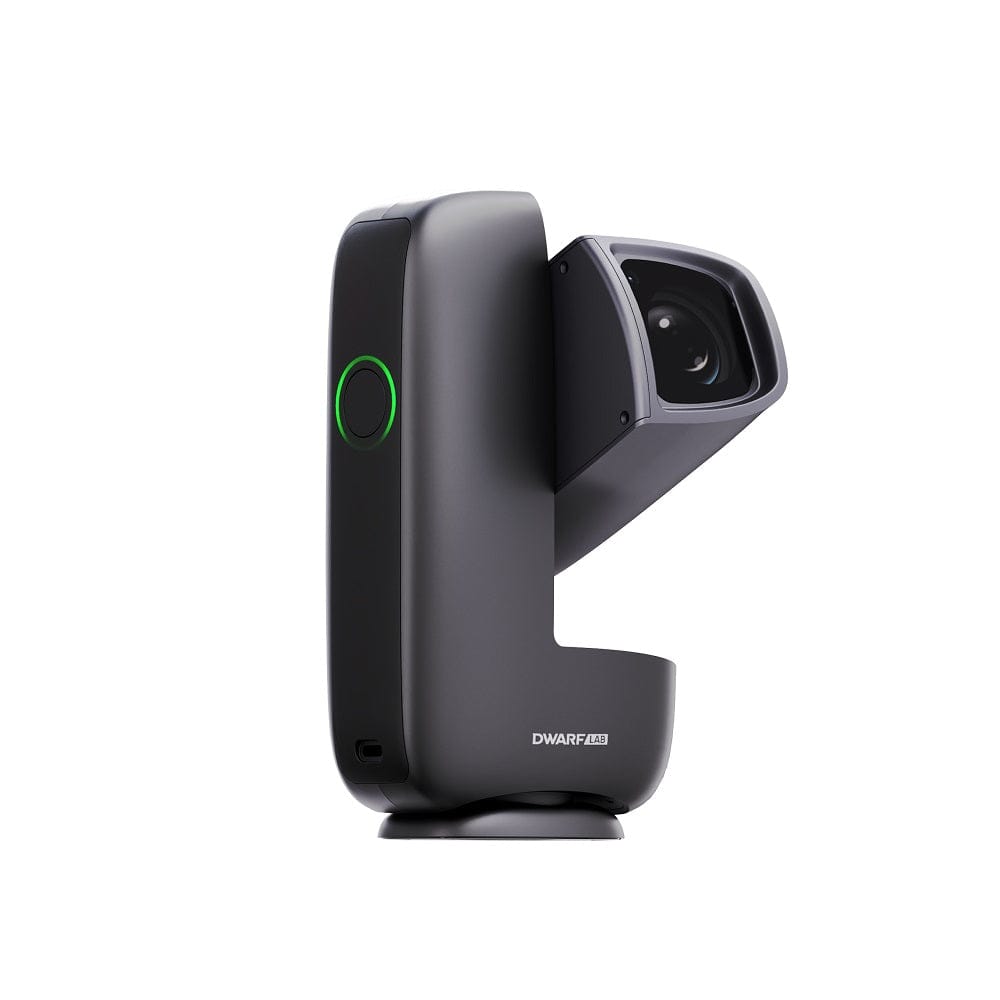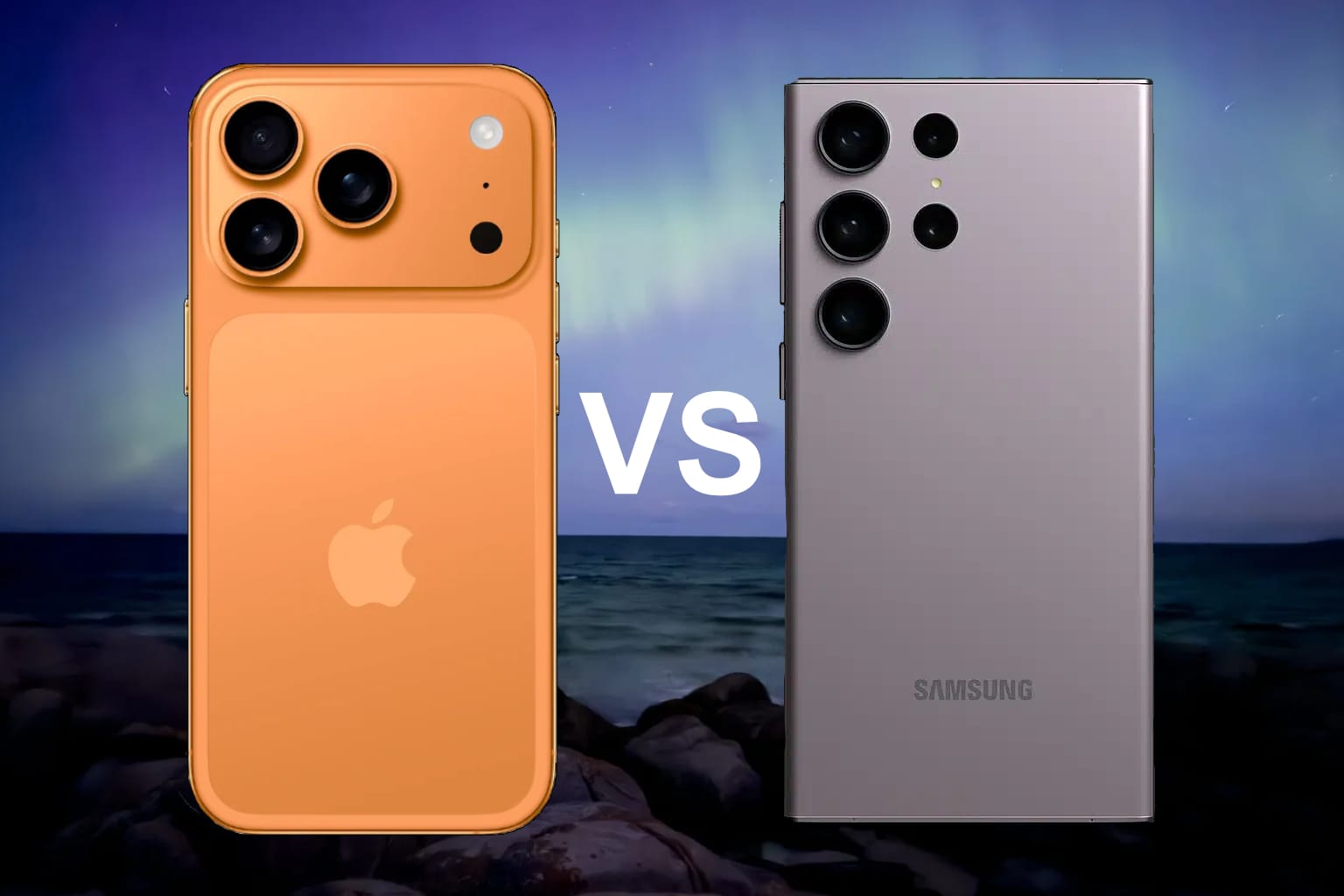Introduction
The Celestron RASA series (Rowe-Ackermann Schmidt Astrographs) are highly regarded for their fast optics and wide-field imaging capabilities, making them ideal for deep-sky astrophotography. Each model—RASA 8, 11, and 14—offers unique strengths, from portability to unparalleled light-gathering power, catering to a wide range of astrophotographers. In this comparison, we’ll explore how each model’s features and performance stack up, helping you choose the right one for your astrophotography needs.
Overview
Here’s my summary table of the RASA telescopes with the 3 most important factors to consider
| Model | Field of View | Aperture | Light Gathering | Portability | Best Use Cases |
|---|---|---|---|---|---|
| RASA 8 | Wide (400mm focal length) | 8 inches | Moderate light-gathering | Highly portable, lightweight | Wide-field astrophotography, mobile setups |
| RASA 11 | Moderate (620mm focal length) | 11 inches | High light-gathering | Moderate portability | Balanced versatility for various deep-sky targets |
| RASA 14 | Narrow (790mm focal length) | 14 inches | Very high light-gathering | Least portable, best for stationary setups | Detailed imaging of faint objects, stationary setups |
Field of View (FOV)
One of the key differentiators between the RASA models is their field of view, which determines how much of the sky you can capture in one frame.
- RASA 8: With a focal length of 400mm, this model offers the widest field of view, making it ideal for capturing large objects like nebulae and star clusters. If you enjoy imaging vast areas of the sky, the RASA 8 provides unmatched versatility.
- RASA 11: At 620mm focal length, the RASA 11 strikes a balance between wide-field and close-up imaging. It’s narrower than the RASA 8 but still capable of capturing expansive deep-sky targets like the Andromeda Galaxy while also being detailed enough for smaller nebulae.
- RASA 14: The narrowest field of view at 790mm focal length. This model excels in capturing smaller and more distant objects like galaxies or planetary nebulae. It’s best suited for those who prioritize detail over covering large sky areas.
Aperture and Light Gathering
The aperture of a telescope plays a crucial role in determining how much light it can gather, which directly impacts image quality and detail, especially when capturing faint objects.
- RASA 8: With an 8-inch aperture, it collects a decent amount of light, making it suitable for various deep-sky objects. While effective for many targets, it doesn’t gather as much light as its larger counterparts.
- RASA 11: The 11-inch aperture brings a substantial increase in light-gathering capability, allowing you to capture fainter objects with shorter exposure times. This model offers an excellent compromise between size and performance, making it more versatile.
- RASA 14: The 14-inch aperture is the largest in the series, making it a powerhouse for capturing faint, distant objects with incredible detail. This model is best for experienced astrophotographers who need the highest light-gathering capacity.
Portability
Portability is a crucial factor for astrophotographers who often travel to dark-sky sites. Let’s see how these models compare in terms of ease of transport.
- RASA 8: The lightest and most portable in the lineup, weighing only 7.7 kg. It’s the go-to option for astrophotographers who need a highly transportable setup without sacrificing image quality.
- RASA 11: Heavier than the RASA 8 but still manageable for transport, especially if you have a suitable mount. It weighs about 20 kg, which makes it a middle-ground choice for portability and performance.
- RASA 14: The least portable of the three, weighing around 35 kg. This telescope is best suited for permanent setups, such as observatories, and may not be ideal for those who frequently travel for astrophotography.
Ease of Use and Compatibility with Mounts
Choosing the right mount is essential for stable imaging, and each RASA model requires different levels of support.
- RASA 8: Due to its lightweight nature, the RASA 8 can work with a wide variety of lighter, more affordable mounts. It’s an excellent choice for beginners or those who don’t have heavy-duty mounts.
- RASA 11: Requires a more robust mount due to its size and weight. While it can still be used by advanced amateurs, you’ll need a mid-range to high-end mount to ensure stability.
- RASA 14: Given its size, the RASA 14 demands a high-capacity mount. This restricts its use to advanced users with permanent or semi-permanent setups. It’s not suitable for smaller, portable mounts, and users must invest in heavy-duty equipment.
Best Use Cases
Each model excels in different astrophotography applications based on its specifications.
- RASA 8: Best suited for wide-field astrophotography, this model excels at capturing expansive views of nebulae, large star clusters, and wide swaths of the Milky Way. It’s the most versatile choice for traveling astrophotographers.
- RASA 11: Offers the most balanced versatility, handling both wide-field imaging and more detailed views of smaller targets. It’s perfect for astrophotographers who want flexibility without compromising on image detail.
- RASA 14: With its superior light-gathering power and narrow field of view, the RASA 14 is best suited for capturing smaller, distant objects like galaxies or planetary nebulae. It’s ideal for users who prioritize detail and have a dedicated observatory setup.

Final Thoughts
The Celestron RASA series offers incredible versatility across its 8, 11, and 14-inch models, making them highly desirable for astrophotography. If portability and wide-field imaging are your top priorities, the RASA 8 is the ideal choice, delivering a wide field of view in a compact, lightweight package. The RASA 11 strikes the perfect balance between size and performance, suitable for both wide-field and more detailed imaging. Finally, the RASA 14 is for those who prioritize detail and need the highest level of light-gathering capability, though it’s best suited for permanent setups.





